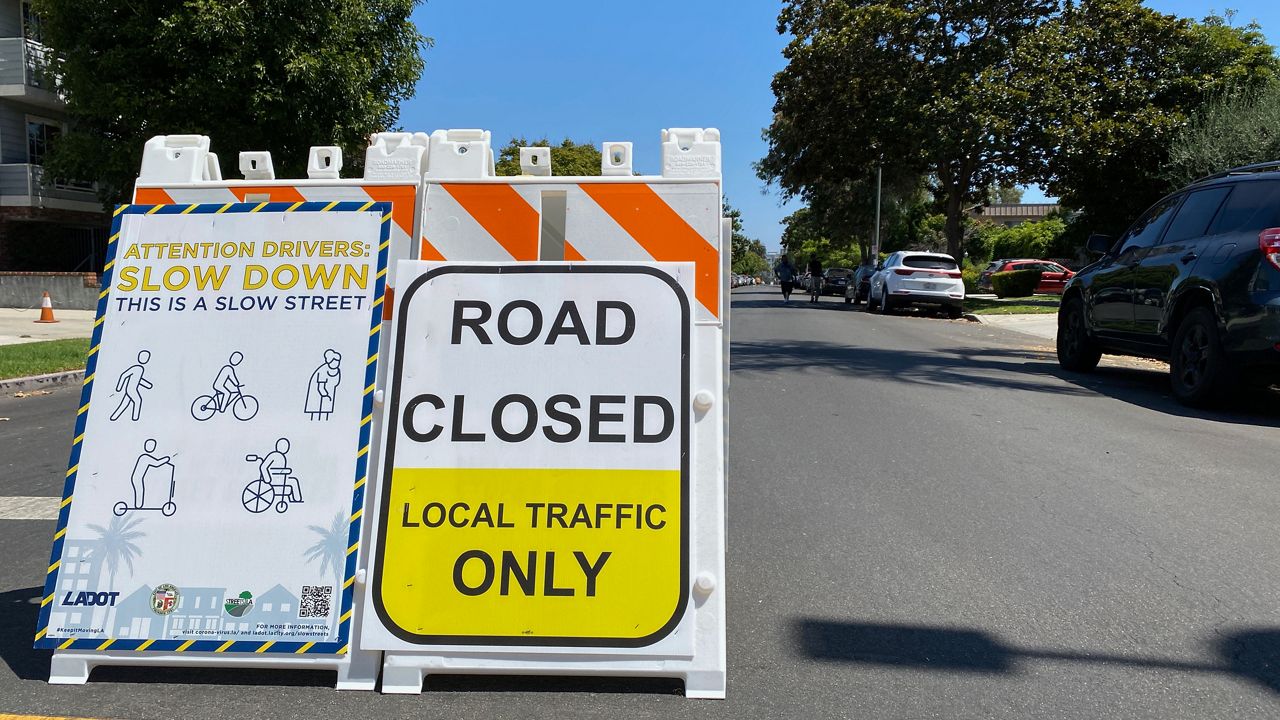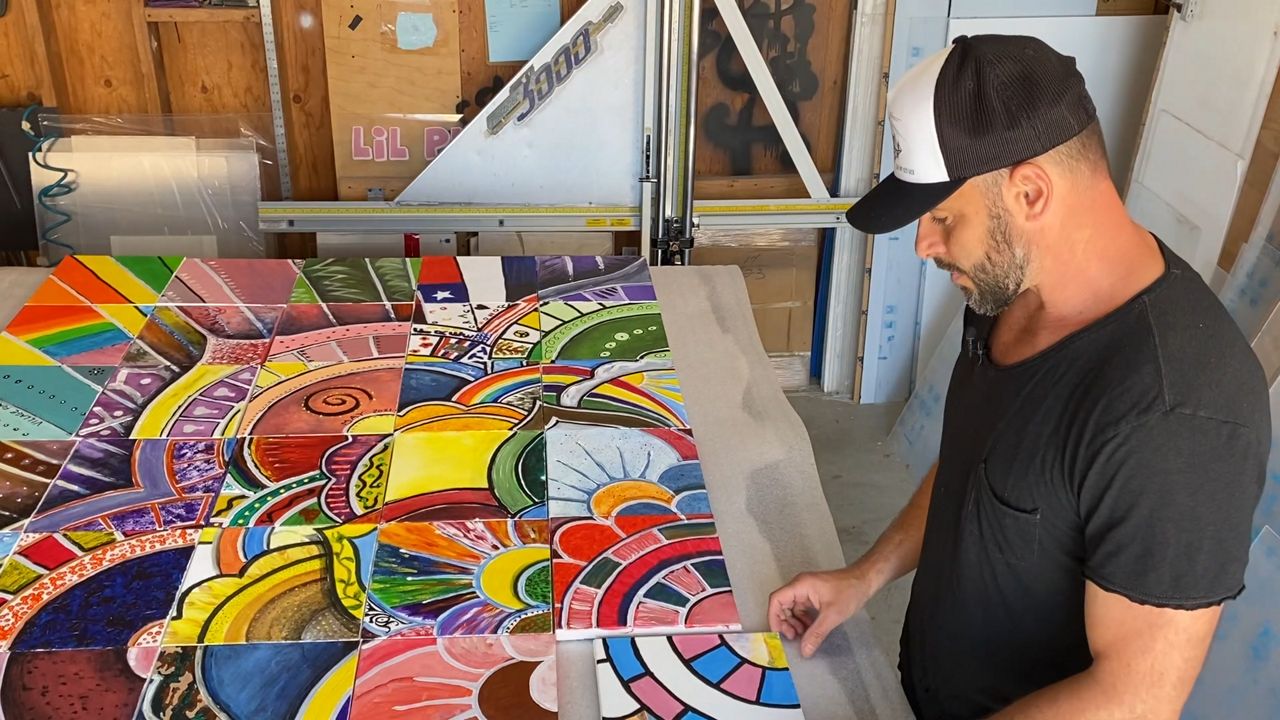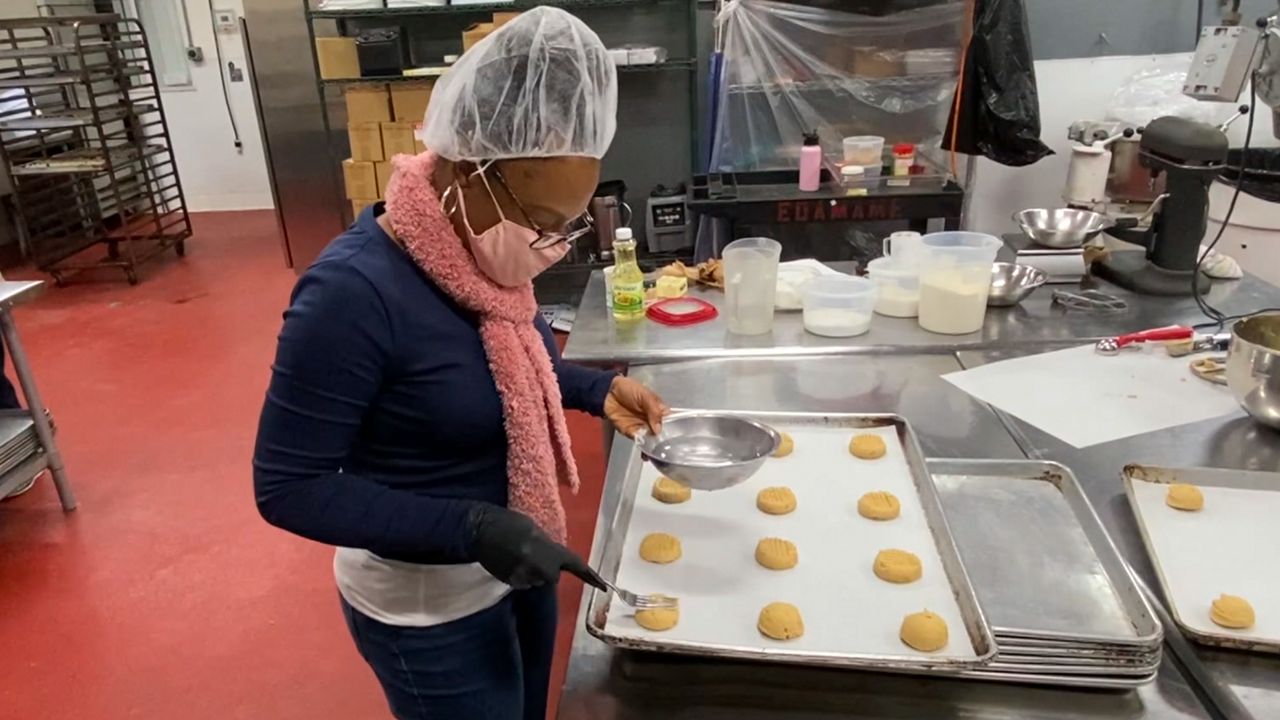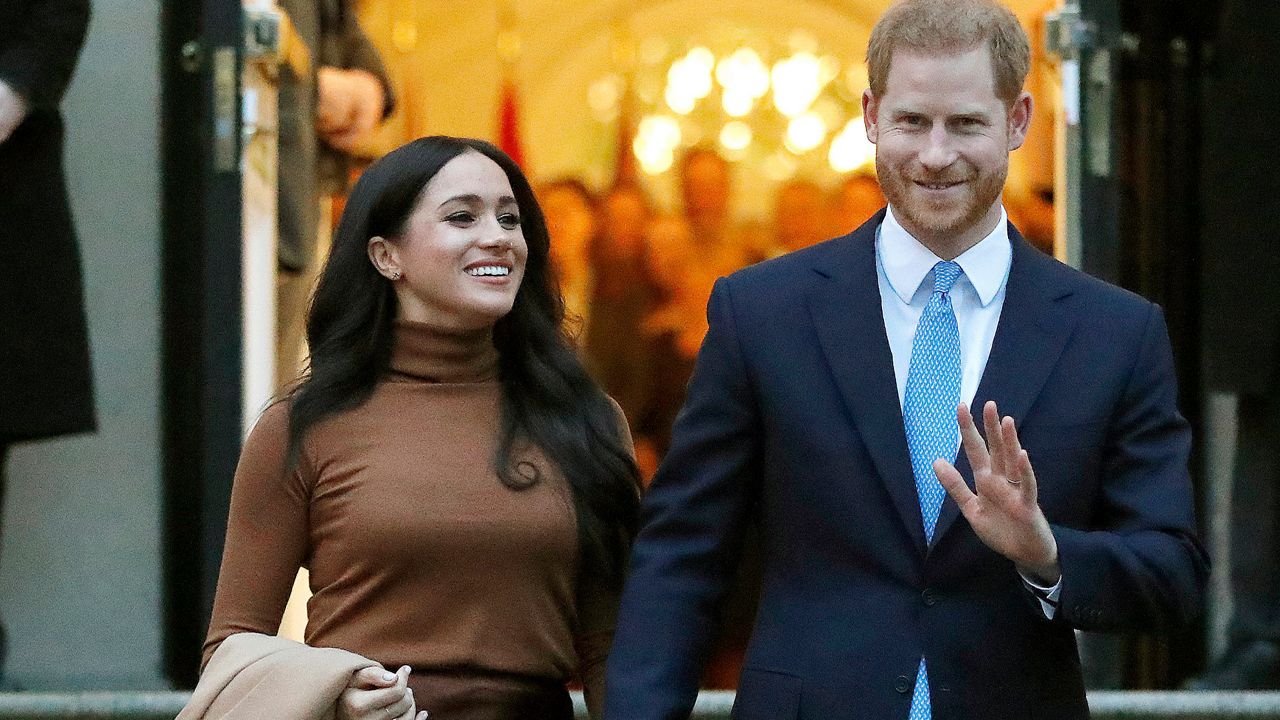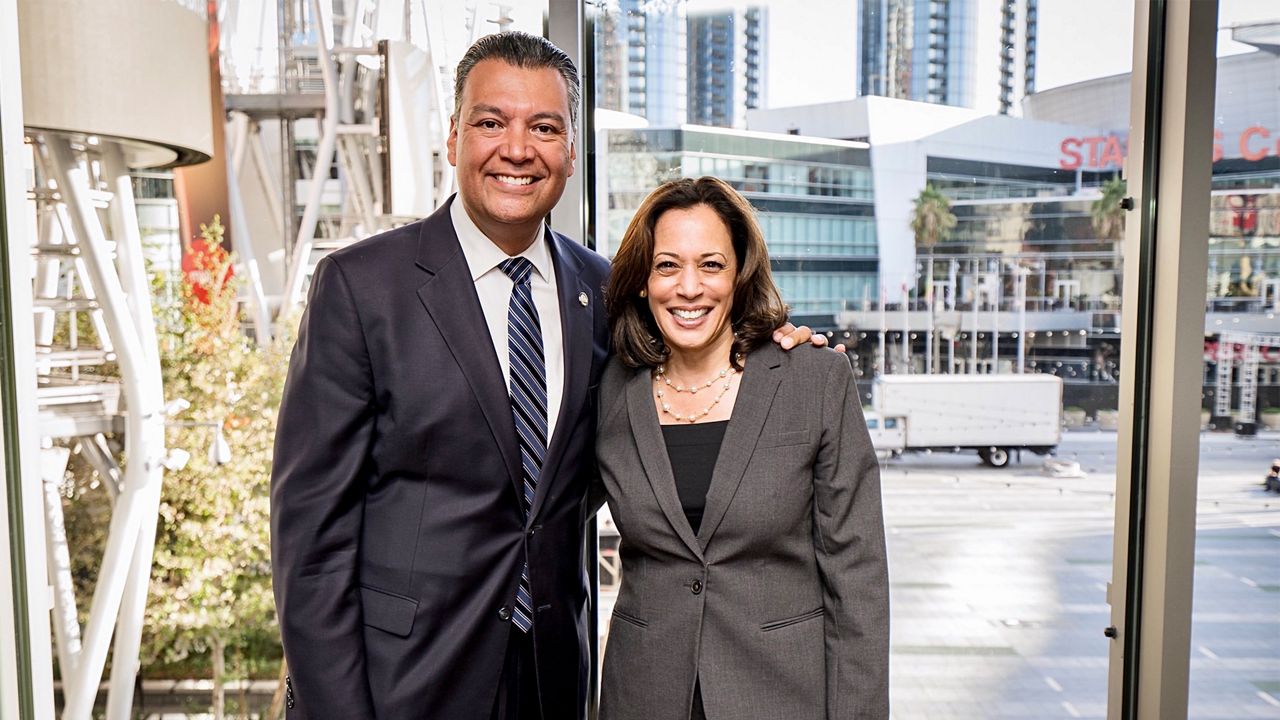PALMS, Calif. — It’s been little more than a week since the Westside community of Palms took a chance on slowing down traffic on some of the most crowded streets in one of Los Angeles’s densest neighborhoods, and Nathan Pope is feeling good.
“I’ve seen skateboarders, I’ve seen a gentleman going around roller skating, and I’ve seen a father teaching his daughter to longboard down the street. That tells me something’s working well,” Pope said.
Pope is the chair of the Transportation Committee at the Palms Neighborhood Council, meaning he knows all about the problems people have getting around in his 1.9 square-mile slice of L.A. (Yes, he knows that the drive-thru traffic around the In-N-Out Burger on Venice Boulevard is awful; no, he doesn’t think there are any easy solutions.)
Last Saturday, Palms celebrated one week of adopting the Slow Streets L.A. program, a City-authorized plan that responds to COVID-era needs to walk the neighborhoods by calming traffic on side streets.
The program closes roads to through-traffic on approved residential streets so residents can stretch their legs on asphalt as well as the sidewalk, avoiding the problem of social-distancing shuffles on sidewalks and driveways. Local traffic and street parking is OK, but drivers cutting through is highly discouraged.
Palms is one of the latest neighborhoods to sign off on the program, and is still gathering feedback from residents. But neighborhood leaders around Los Angeles are lobbying City Hall to make the program permanent.
The Slow Streets program was born from Streets For All, a non-profit focused on multi-modal transportation – essentially, hoping to turn L.A. from a city designed only for cars to a city that welcomes cyclists, pedestrians, and public transportation alongside automobiles.
According to S.F.A. Founder (and Mid-City West Community Council Transportation Committee chair) Michael Schneider, Slow Streets L.A. was inspired by similar programs in other West Coast cities, like Seattle and Oakland, and realized it could gain traction here.
When the organization tried pitching it in City Hall early in the pandemic, Schneider said it was stalled by other, higher-priority COVID-related policies. He understood, but continued pressing. “We’re a big, complex, multi-faceted city that can walk and chew gum at the same time,” Schneider said. “We just kept at it.”
The program caught a break when, after sending a draft motion of support to all 99 neighborhood councils, the Del Rey Neighborhood Council signed on. Del Rey held a virtual meeting in early April, (breaking ranks from the other councils, which were told to not meet during the pandemic) and passed a motion approving a temporary Slow Streets program.
That caught the attention and endorsement of Councilmember Mike Bonin, and on May 13, Mayor Eric Garcetti announced the program would start in two Westside neighborhoods: West L.A.-Sawtelle and Del Rey. Since then, the program has spread to at least 15 neighborhoods, with new areas like Palms stepping up to adopt the program.
“This is something that I think belongs in a lot of neighborhoods and it’s good to see it spreading,” said Del Rey Neighborhood Council President Matt Wersinger. “I think that this can serve people throughout the city in all neighborhoods.”
Palms is generally accepted to have more than 40,000 residents, based on Census data from 2000, and its population has almost assuredly climbed since that data was collected, making it one of the densest neighborhoods by far in Los Angeles at more than 20,000 people per square mile.
“Palms is basically surrounded by three freeways: the 10, the 405, and Venice Boulevard, which is for all intents and purposes a freeway,” Pope said. “So our secondary goal was to slow down some of the cut-through traffic and discourage it so people would stick to the main arterials…and reclaim those slow streets so our residents can use them.”
As the Palms program is so fresh, the Palms council is still in the early stages of collecting feedback. But the program has won enough good favor that Los Angeles Councilmember David Ryu has moved for the city to study ways to make the program permanent.
Four neighborhood councils have offered their support to the motion, including East Hollywood, North Hollywood, Mid-City West, and the Hollywood Studio District. In a community impact statement submitted to the L.A. City Council, East Hollywood N.C. vice president Ninoska Suarez cited statistics saying that 95 percent of surveyed residents were in favor of the program, while 86 percent were in favor of Slow Streets staying in place. Mid-City West C.C. found similar results: 95 percent in favor, and 87 percent seeking permanence.
The program hasn’t won everyone over — some opponents in West L.A. have characterized it as a “road diet” program (road diets, according to the U.S. Department of Transportation, are reconfigurations that typically reduce the number of lanes on a given road), while others argue that cut-through traffic is simply pushed to other streets.
“The result is that the adjacent streets become less safe, which is exactly the opposite of what this program is supposed to accomplish,” one resident wrote in a public comment to the City Council.
Schneider also noted that he has received a petition with more than 70 signatures in opposition to the Slow Streets program.
“Since the enactment of the Slow Streets, it has attracted many people to use our streets like a park and they use it at all hours of the day and night,” wrote the petitioner, who did not name themselves.
“I never thought that turning a street into a park would be an issue,” Schneider said.
CORRECTION: An earlier version of this article incorrectly named the Mid-City West Community Council and mistitled Mid-City West Community Council Transportation Committee Chair Michael Schneider, as well as East Hollywood Neighborhood Council Vice President Ninoska Suarez. The errors have been corrected. (July 29, 2020)






